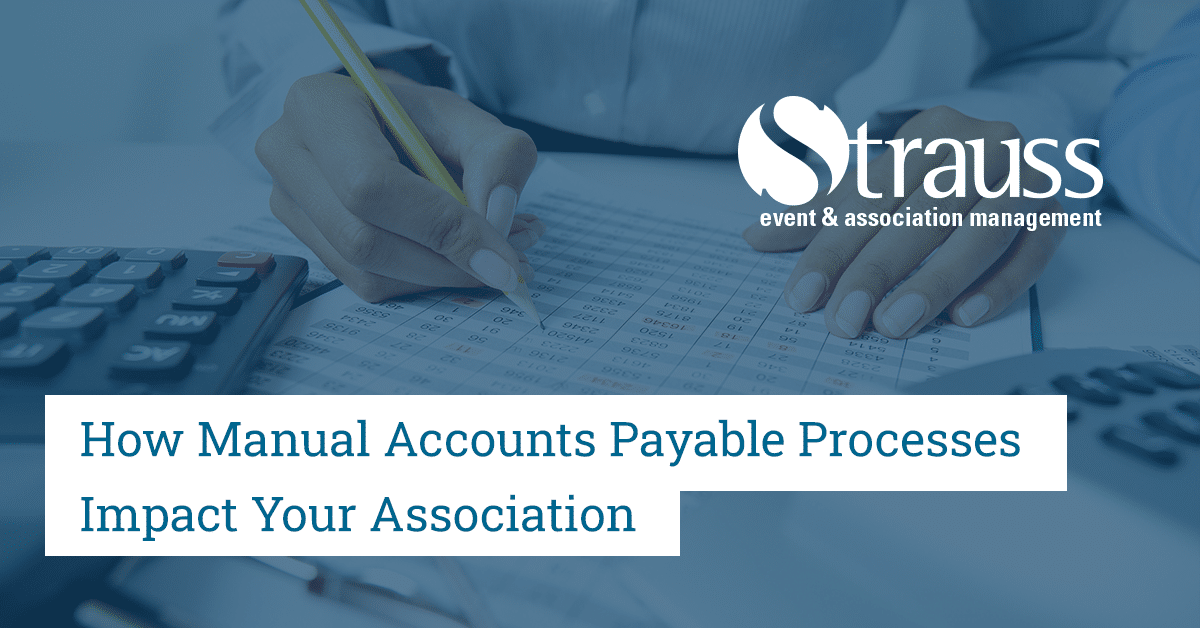Human error is a common problem that affects many associations in different aspects, including manual accounts payable entry. It’s essential to note that this type of error may be difficult to prevent entirely. However, taking proactive measures to mitigate the risks can help to minimize the impact of such errors. Let’s explore some common examples of human error in manual accounts payable entry and the steps associations can take to prevent them.
What is human error in manual accounts payable entry?
One of the most common examples of human error in manual accounts payable entry is entering incorrect vendor names, invoice numbers, or amounts. This can happen due to typos, misreading, or misinterpretation of the invoice details. Such an error may result in payment delays, overpayment, or underpayment, leading to inaccurate financial records.
How to prevent human error in manual accounts payable entry?
To prevent human error in manual accounts payable entry, there are several steps associations can take, including:
Standardizing the process: Establish a clear and consistent process for recording manual accounts payable entries. This should include guidelines for data entry, account coding, and posting.
Providing training: Train employees responsible for manual accounts payable entry on the process, as well as the importance of accuracy and attention to detail. This training should also include how to recognize and correct errors.
Double-checking: Implement a double-check process to verify manual accounts payable entries are accurate. This can be done by having a supervisor or another employee review the entry before it is posted.
Automation: An increasing trend in the accounting world is moving towards accounts payable automation. Where possible, automate the accounts payable process to minimize the need for manual entries. Automated systems are more reliable and can reduce the risk of human error. With automated accounts payable systems, invoices can be automatically matched to purchase orders and payments can be made automatically. This can significantly reduce the need for manual accounts payable entries and improve efficiency.
However, there are also several issues that need to be addressed when discussing invoice entry automation.
Firstly, it can be quite costly. Depending on the systems you are using and what features you find would work best for your association, you will find a large swing in the cost of the technology. Secondly, despite it being able to read certain items on an invoice automatically, there could still be quite a few areas that require real eyes and correction. And finally, as affects our association as a buying group, we receive many invoices each month in various forms. If the invoices are not in perfect PDF condition (i.e., they were printed and scanned or faxed) the automation tool might not be able to read the necessary fields.
Regular auditing: Regularly audit the accounts payable system to identify and correct errors. This should include reviewing manual entries to ensure they are accurate and posted to the correct accounting period.
Conclusion
Human error in manual accounts payable entry is a significant risk for many associations, but it can be mitigated through standardization, training, double-checking, automation, and regular auditing. Accounts payable processes working efficiently are vital to an association overall, to avoid financial penalties and maintain valued relationships with vendors. Despite taking all necessary measures, errors will occur and will need to be corrected in a timely and efficient manner. By implementing these measures, associations can reduce the risk of errors and ensure that their accounting records remain accurate and up to date.

